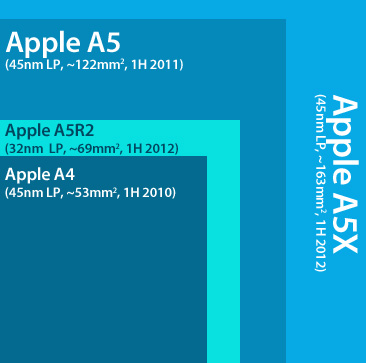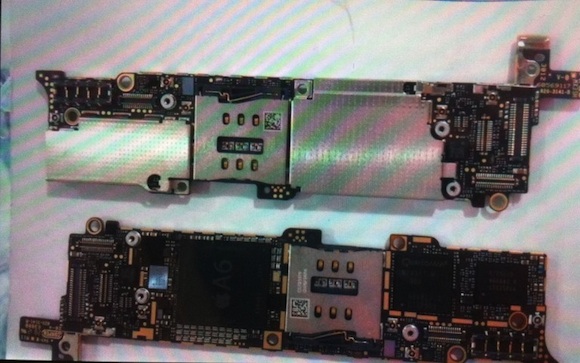anexanhume
Veteran
For those who still like to believe in an A6 in the next iPhone:
Beware: it's a sketchy picture of a picture on a monitor...

http://9to5mac.com/2012/08/30/more-iphone-parts-a6-processor-more-new-9-pin-cables/
Edit:
There's some speculation that even if Apple's next SoC is called A6 it might still just be a higher clocked A5R2 (because it's just branding). But I don't think Apple would do that.
Luminance removed (not my photos)

ZOOM:

Notice text on other chips, QR code with high contrast not visible in these images. However, source said it had to be enhanced with photoshop to be visible, so it may just be that.
Oops, didn't mean to DP.


